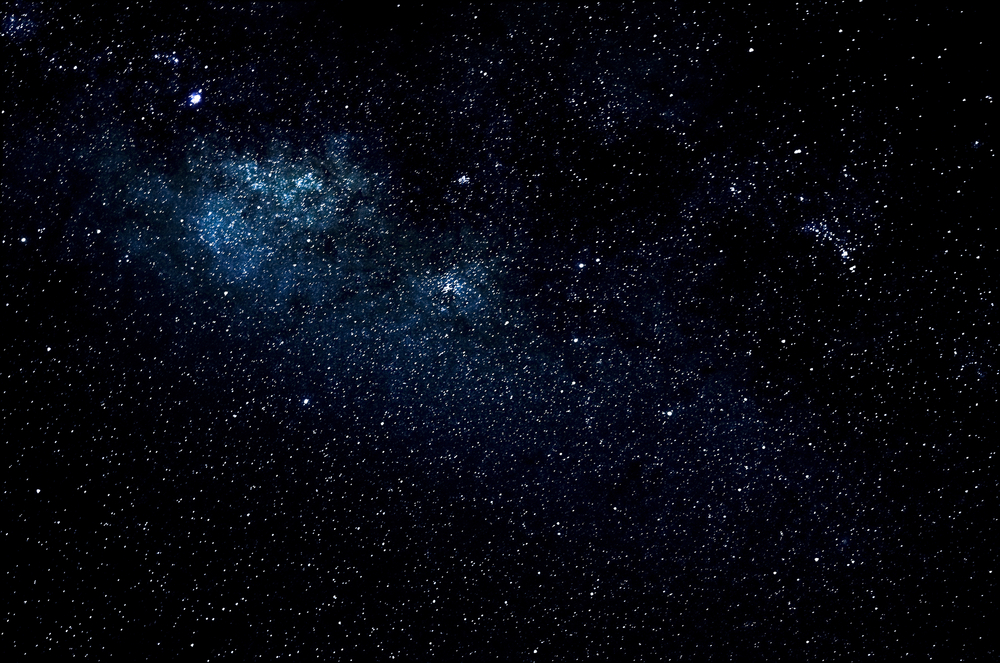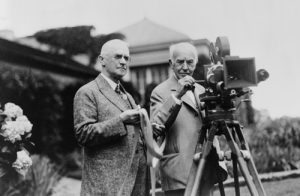
A new study conducted by the University of Groningen suggests that the Milky Way devoured a much smaller galaxy around 10 billion years ago.
Amina Helmi, and astronomer at the university says: “This is a major event in the history of the galaxy. We’re really starting to probe the ancestors of the Milky Way.” The team reported in nature magazine that they observed a large group of starts roughly 33,000 light years away from the sun. They found that the starts were moving backwards compared to our sun and the rest of the galaxy, which made them think something was up. They began to wonder why they were rotating around the galactic centre backwards. “That was the first hint,” Helmi says. “When stars move the opposite way, that already tells you that they basically didn’t form in the same place as the majority of the stars in our galaxy.”
The team then proceeded to look up the stars in a catalogue from the Apache Point Observatory Galactic Evolution Experiment, which identifies stars ages and chemical compositions by analysing spectrum’s of light that they emit. They found that the stars in question were made up of fewer heavier elements compared to our Sun and other stars in our galaxy. This suggests that they formed earlier in the history of the universe, before enough time passed for massive stars and supernovas to spread the heavier elements around the galaxy.
“That chemistry clinched it,” Helmi says. “It was just so clean. You immediately knew these stars really formed elsewhere.”
Comparing the observations with computer simulations, Helmi’s team concluded that the Milky Way collided with a smaller galaxy around 10 billion years ago, and it was 20 to 25 percent the size of the Milky Way at the time. They estimated that the smaller galaxy roughly contained the equivalent of 600 million stars the mass of the sun.





